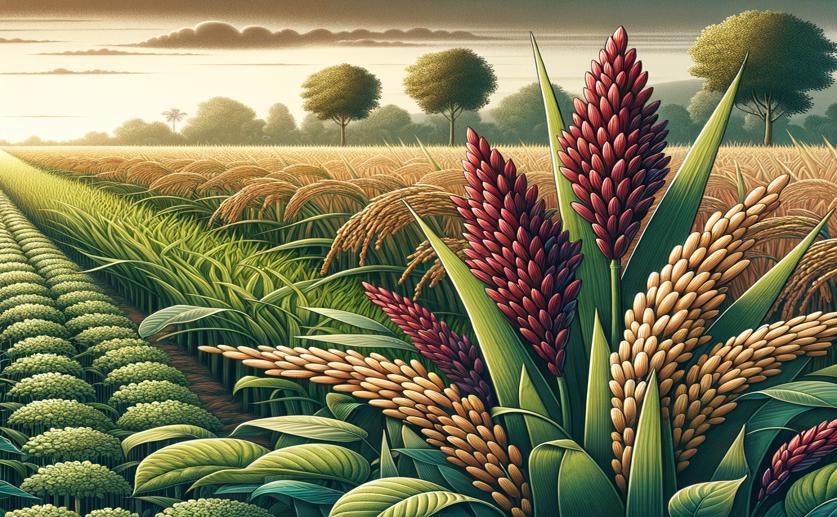
Growth Duration and Yield of Traditional Maroon Rice Varieties Studied
Jenn Hoskins
31st July, 2024

Image Source: Natural Science News, 2024
Key Findings
- The study focused on Maroon rice landraces cultivated by descendants of enslaved Africans in Suriname and French Guiana
- Maroon rice landraces yielded an average of 1665 kg/ha, significantly higher than previously assumed yields of 700-1000 kg/ha
- Commercial rice cultivars yielded between 625 and 1205 kg/ha in the same traditional farming systems, partly due to bird predation
AgricultureSustainabilityPlant Science
References
Main Study
1) Yield and growth duration of Maroon rice landraces measured in traditional settings
Published 30th July, 2024
https://doi.org/10.1007/s10722-024-02093-1
Related Studies
2) Identification of rice landraces with promising yield and the associated genomic regions under low nitrogen.
3) African Rice (Oryza glaberrima Steud.): Lost Crop of the Enslaved Africans Discovered in Suriname.
Journal: Economic botany, Issue: Vol 64, Issue 1, Mar 2010



 3rd June, 2024 | Jenn Hoskins
3rd June, 2024 | Jenn Hoskins